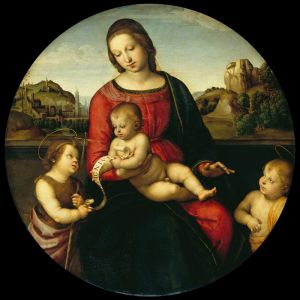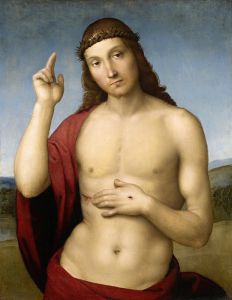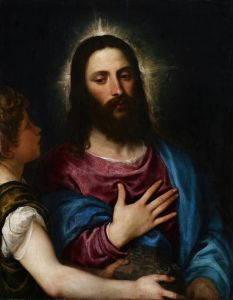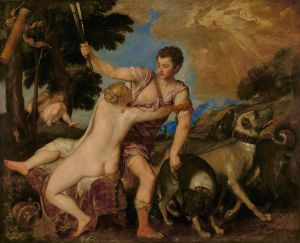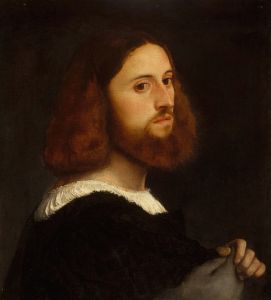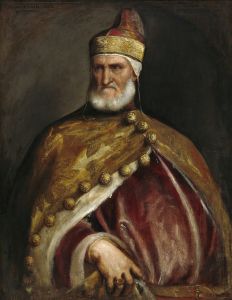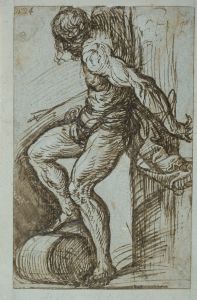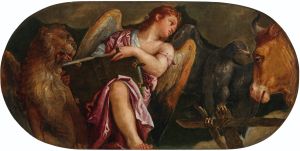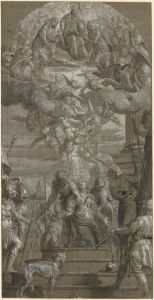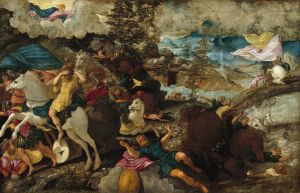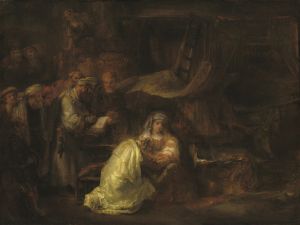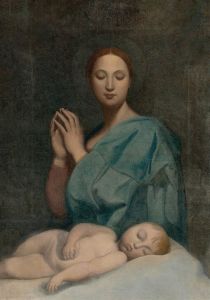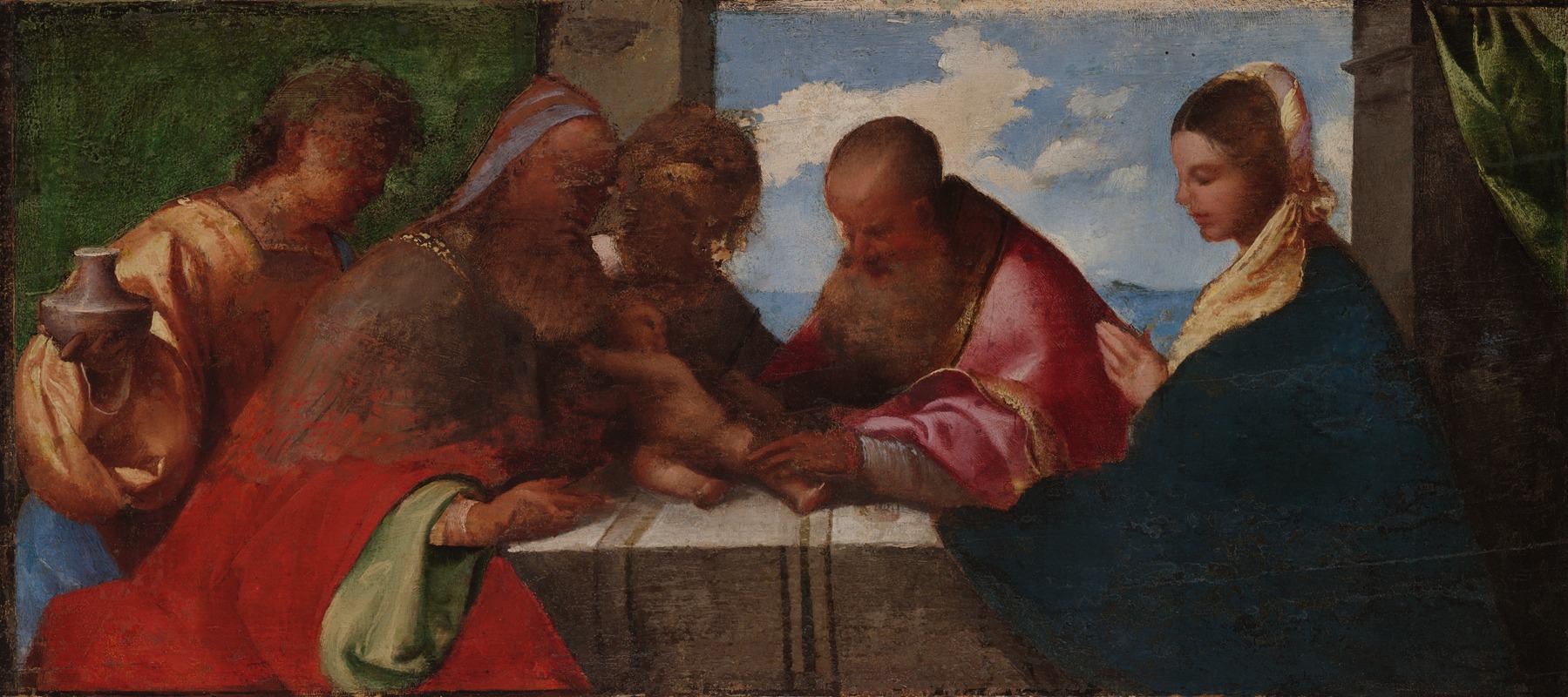
The Circumcision of Christ
A hand-painted replica of Titian’s masterpiece The Circumcision of Christ, meticulously crafted by professional artists to capture the true essence of the original. Each piece is created with museum-quality canvas and rare mineral pigments, carefully painted by experienced artists with delicate brushstrokes and rich, layered colors to perfectly recreate the texture of the original artwork. Unlike machine-printed reproductions, this hand-painted version brings the painting to life, infused with the artist’s emotions and skill in every stroke. Whether for personal collection or home decoration, it instantly elevates the artistic atmosphere of any space.
The Circumcision of Christ is a painting by the renowned Italian Renaissance artist Titian, also known as Tiziano Vecellio. Titian, who was active during the 16th century, is celebrated for his mastery of color and his influential contributions to the Venetian school of painting. However, specific details about the painting "The Circumcision of Christ" by Titian are scarce, and it is not widely documented in art historical records.
Titian's oeuvre includes a vast array of religious, mythological, and portrait works, many of which are well-documented and studied. His religious paintings often depict scenes from the life of Christ, the Virgin Mary, and various saints, characterized by their dynamic compositions, rich color palettes, and emotional intensity. Titian's ability to convey complex theological themes through his art made him one of the most sought-after painters of his time.
The subject of the circumcision of Christ is a theme that has been explored by various artists throughout history. It refers to the biblical event described in the Gospel of Luke (Luke 2:21), where Jesus, in accordance with Jewish tradition, is circumcised on the eighth day after his birth. This event is significant in Christian theology as it marks Jesus' first shedding of blood and his formal induction into the Jewish faith, symbolizing his connection to humanity.
While Titian's specific depiction of this scene is not well-documented, it is likely that, if he did create such a work, it would have adhered to his typical style, characterized by dramatic use of color, light, and shadow to enhance the narrative and emotional impact of the scene. Titian's religious paintings often focus on the human aspects of divine figures, emphasizing their emotions and interactions with other figures in the composition.
Titian's influence on the art world was profound, and his techniques and stylistic innovations were emulated by subsequent generations of artists. His approach to color, in particular, had a lasting impact on the development of Western art, contributing to the transition from the High Renaissance to the Baroque period.
Despite the lack of specific information on "The Circumcision of Christ" by Titian, his body of work remains a testament to his skill and creativity. His paintings continue to be studied and admired for their technical brilliance and their ability to convey deep spiritual and emotional truths. If more information about this particular painting were to come to light, it would undoubtedly add to the understanding of Titian's artistic legacy and the breadth of his contributions to religious art.





